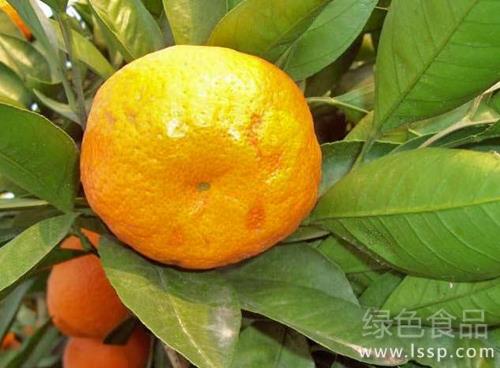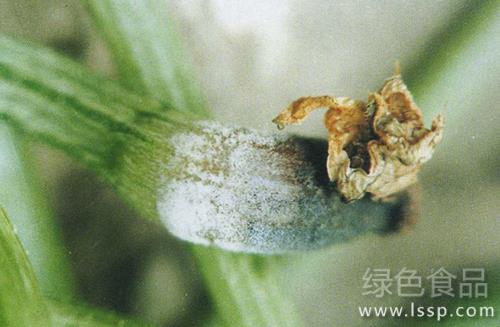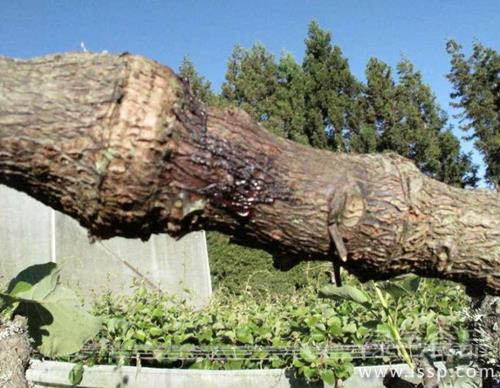Prevention and control of citrus anthracnose with withered leaves and withered shoots
Citrus anthracnose, also known as explosive skin disease, occurs in all citrus producing areas. It is mainly harmful to leaves, branches, fruits and big branches, trunk, flowers and fruit stalks, which often cause leaf withering, shoot withering, fruit decay and fruit drop, and citrus with disease is easy to rot during storage and transportation.

Citrus anthracnose
1. Strengthen cultivation management and strengthen tree potential.
Because of the latent nature of the pathogen, the prevention and control should focus on strengthening the cultivation management and strengthening the tree potential. In fertilization, organic fertilizer, reducing nitrogen fertilizer, increasing phosphorus and potassium fertilizer and trace element fertilizer are applied to regulate the nutrition of citrus trees, enhance tree potential and improve disease resistance; pruning branches in time after citrus harvest, through reasonable and scientific pruning, prevent canopy, improve ventilation and light transmission in citrus orchards, and worsen the breeding and breeding conditions of diseases. Scientific irrigation, eliminate stagnant water, prevent root hypoxia, reduce orchard humidity, control the occurrence of diseases; control diseases and insect pests, reduce wounds, reduce the chance of bacteria invasion; carefully thinning fruit, control the amount of fruit hanging, and improve fruit quality.
2. Clean the orchard and reduce the pathogen
Combined with fruit tree pruning, diseased shoots, diseased leaves and diseased fruits are removed, fallen leaves, withered branches and fruits are removed, and burned together to reduce pathogens. After clearing the garden in winter, combined with the prevention and control of diseases and pests in winter, stone-sulfur mixture was sprayed once to eliminate the pathogens living on citrus trees.
3. give priority to prevention and prescribe the right medicine to the case.
Spray once at the tender leaf stage of spring, summer and autumn shoots; protect young fruits 15 days after falling flowers, spraying every 10-15 days for 3 consecutive times; if acute disease spots appear, chemical control should be carried out immediately. To protect new leaves and young fruits, choose 500 times of 70% methyl thiophanate wettable powder or 50% carbendazim wettable powder or 50% methyl sulfur. If the disease spot has been found, spray prevention can be carried out with 5000 times of difenoconazole water dispersible granules or 45% chlorpromazine water emulsion or 1000 times of methyl thiophanate wettable powder + 75% chlorothalonil wettable powder.
4. harvest at the right time to restore the tree potential
The citrus should be harvested in time and the tree potential should be restored as soon as possible.
5. Remove the diseased fruit and reduce the incidence of postharvest fruit.
When the citrus is harvested, the diseased oranges should be removed in time before storage and transportation. The occurrence of citrus anthracnose can be effectively reduced by keeping the temperature at 5 ℃ during storage and transportation.
- Prev

Control measures of browning, moldy, softening and rotting zucchini brown rot
Control measures of browning, moldy, softening and rotting zucchini brown rot
- Next

Control measures of kiwifruit canker with long spots and withered trunk in red spots of leaves
Control measures of kiwifruit canker with long spots and withered trunk in red spots of leaves
Related
- Fuxing push coffee new agricultural production and marketing class: lack of small-scale processing plants
- Jujube rice field leisure farm deep ploughing Yilan for five years to create a space for organic food and play
- Nongyu Farm-A trial of organic papaya for brave women with advanced technology
- Four points for attention in the prevention and control of diseases and insect pests of edible fungi
- How to add nutrient solution to Edible Fungi
- Is there any good way to control edible fungus mites?
- Open Inoculation Technology of Edible Fungi
- Is there any clever way to use fertilizer for edible fungus in winter?
- What agents are used to kill the pathogens of edible fungi in the mushroom shed?
- Rapid drying of Edible Fungi

